14 Fall Garden Ideas for Kids to Learn and Play Outdoors
Fall is a great time for kids to spend time outside, and the garden offers plenty of fun ways to learn and play. From simple planting projects to creative games with leaves and pumpkins, there are many activities that make the season special. These ideas can help children enjoy nature while picking up new skills along the way.
This post may contain affiliate links, which helps keep this content free. Please read our disclosure for more info.
Pumpkin Painting Station
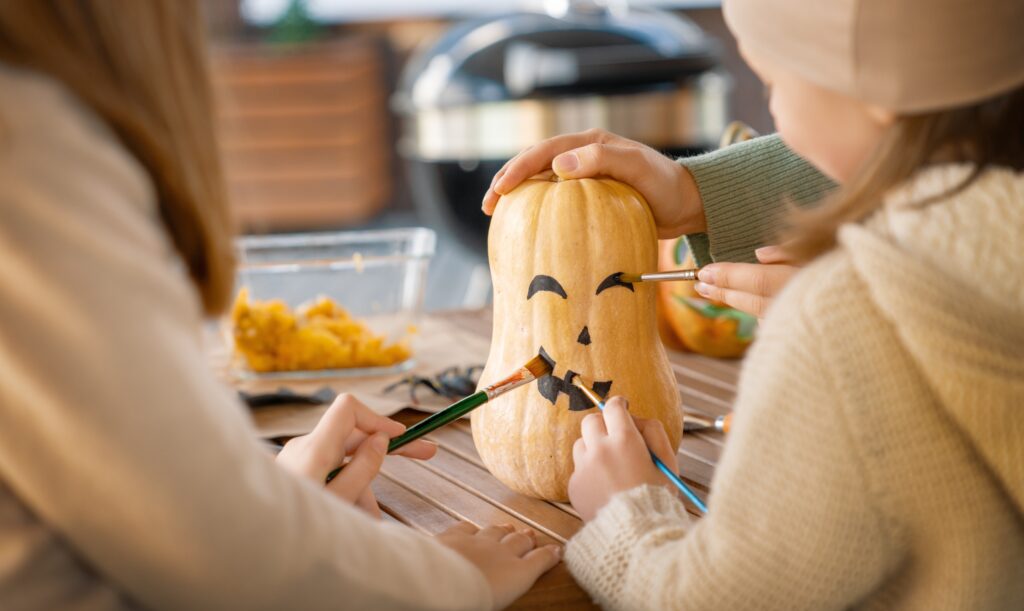
Pumpkins don’t always have to be carved to be fun. Painting them is an easy and less messy way for kids to create their own designs. With brushes, sponges, and even their fingers, children can cover pumpkins with bright colors, funny faces, or patterns inspired by nature.
Parents can set up a small outdoor table with non-toxic paints and water cups to keep things simple. When the pumpkins dry, they can be placed around the yard or garden as cheerful fall decorations. This activity lets kids explore their creativity while leaving them with something to proudly display.
Leaf Scavenger Hunt
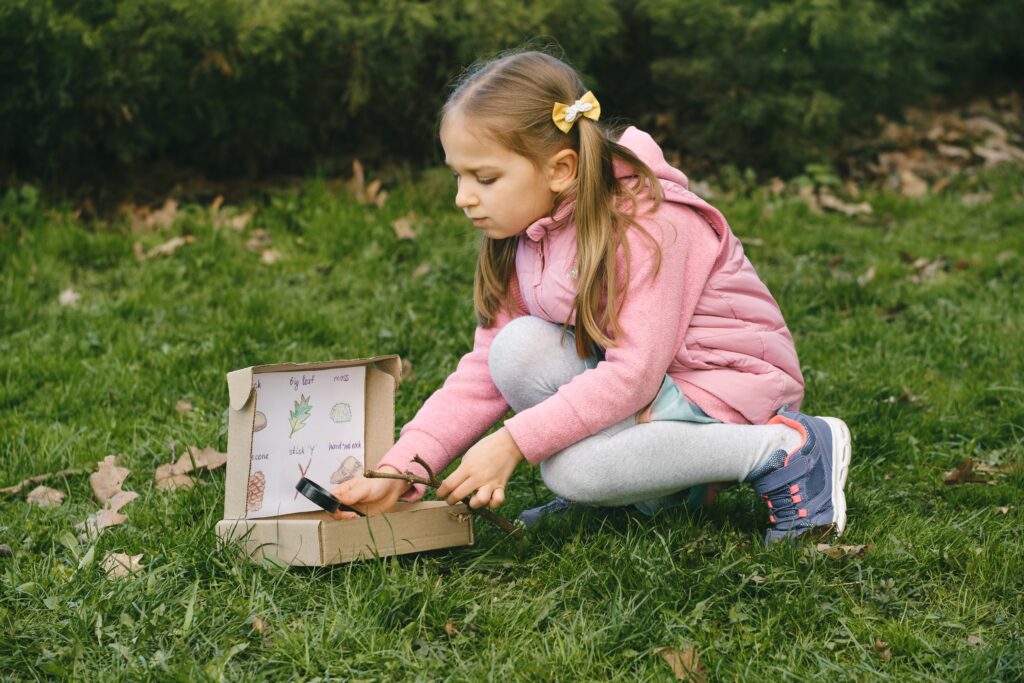
Leaves in autumn come in every size, shape, and color, which makes them perfect for a garden scavenger hunt. A simple list with pictures or words can guide kids as they search for different kinds of leaves. The excitement of finding each one keeps them moving and observing closely.
Once all the leaves are collected, they can be sorted by color or shape, or even pressed into a notebook. This encourages kids to look more closely at trees and plants they might usually pass by. It’s a playful way to mix outdoor fun with a little nature learning.
Build a Bug Hotel
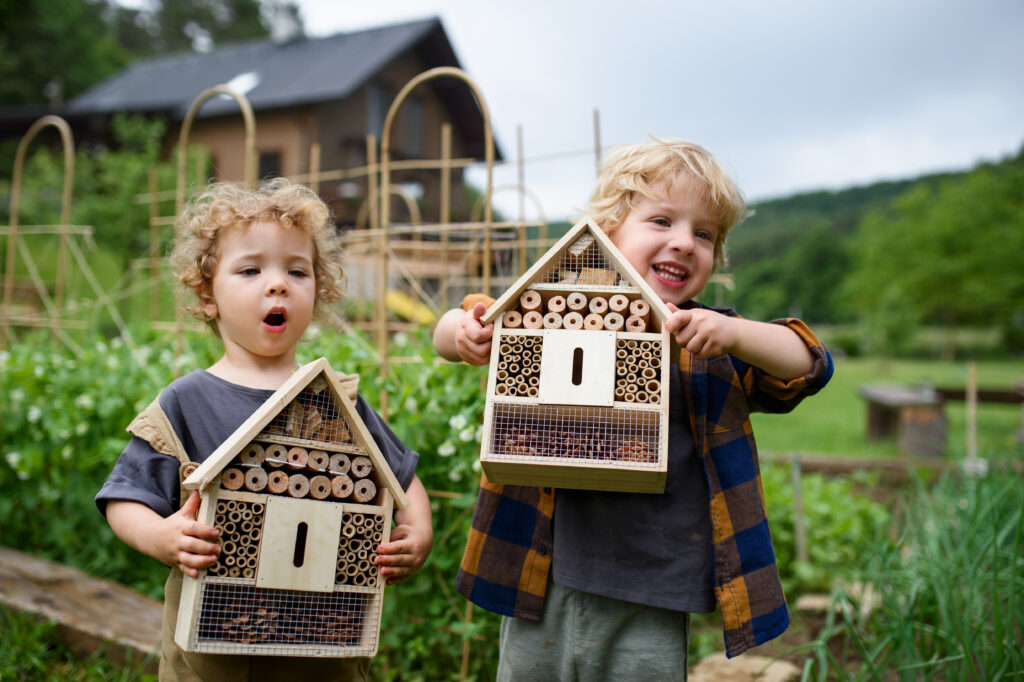
Many insects look for shelter in fall, and a bug hotel gives them a safe space. Kids can gather pinecones, sticks, bark, and dry leaves to stack inside small boxes or containers. Each material creates a different type of hideout for bugs to crawl into.
After setting up the bug hotel in a quiet spot, children can check back often to see if any creatures have moved in. Observing ladybugs, beetles, or spiders helps them understand how insects prepare for colder months. It’s a hands-on project that shows the garden is full of tiny helpers.
Plant Garlic or Onions
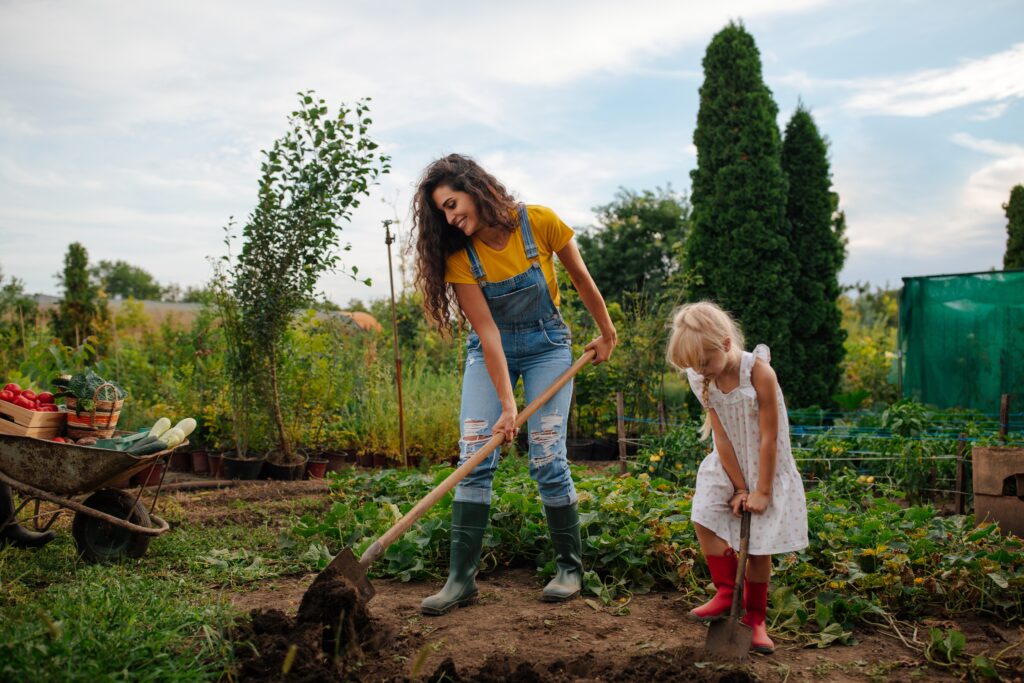
Fall is the perfect season for planting garlic and onions since they grow slowly through winter. Kids can dig small holes, drop in cloves or sets, and cover them with soil. It’s a straightforward task that gives them a sense of accomplishment.
These plants stay underground until spring, so children get to see how patience pays off in gardening. Watching the first green shoots appear months later makes the wait exciting. This teaches them that some garden rewards take time to grow.
Compost Exploration
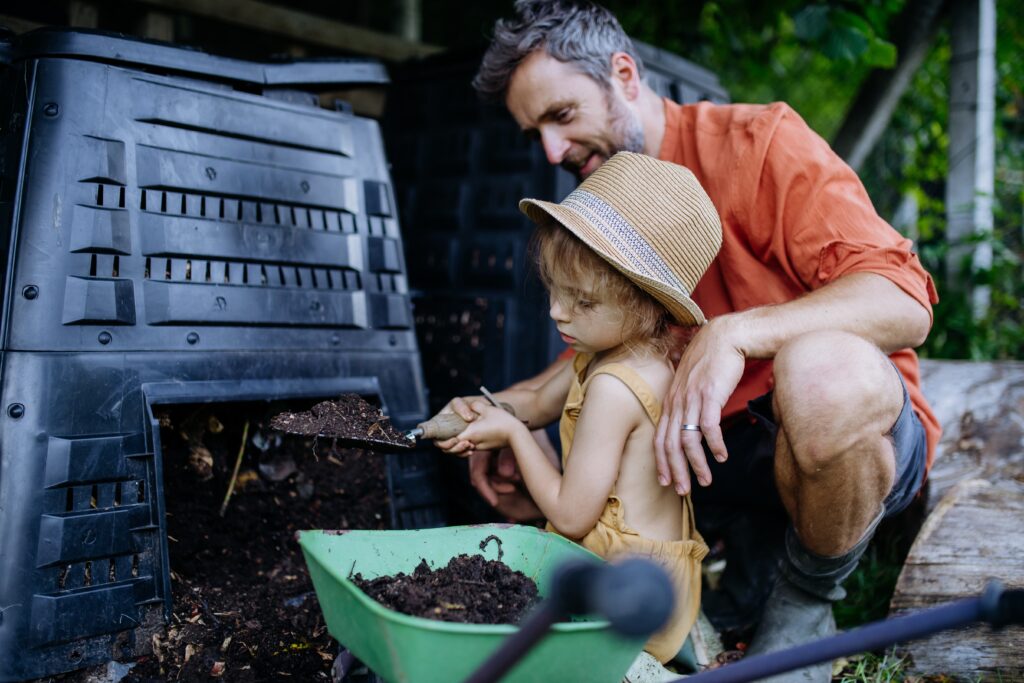
Composting is like nature’s recycling system, and kids love watching it in action. They can help add dry leaves, food scraps, and garden clippings to a small bin or pile. Turning the compost every so often shows them how things break down.
Over time, children will notice how the materials change texture and smell as they become rich soil. They learn that waste can turn into something useful for plants. This activity connects them to the cycles that keep a garden healthy.
Nature Sensory Bin
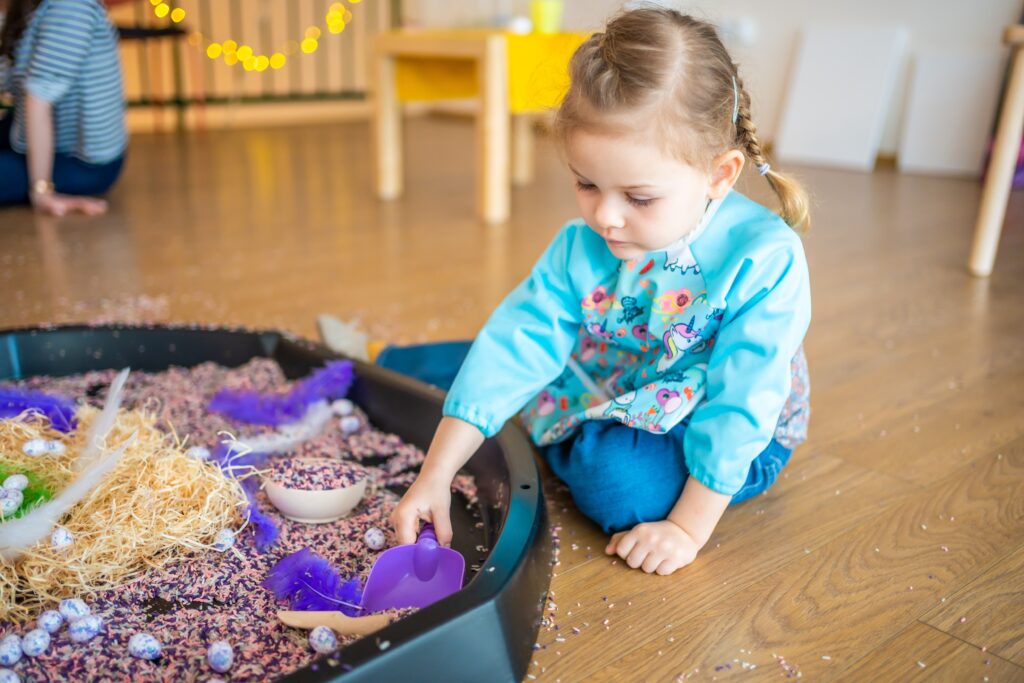
A sensory bin full of autumn treasures invites kids to explore with their hands. Pinecones, acorns, leaves, dried corn, and small pumpkins make great fillers. Each object has a unique texture, smell, or shape to notice.
Kids can scoop, sort, and move the items however they like. The bin sparks curiosity and helps them use their senses to learn about nature. It’s a simple setup that provides hours of creative play.
Bird Feeder Crafts
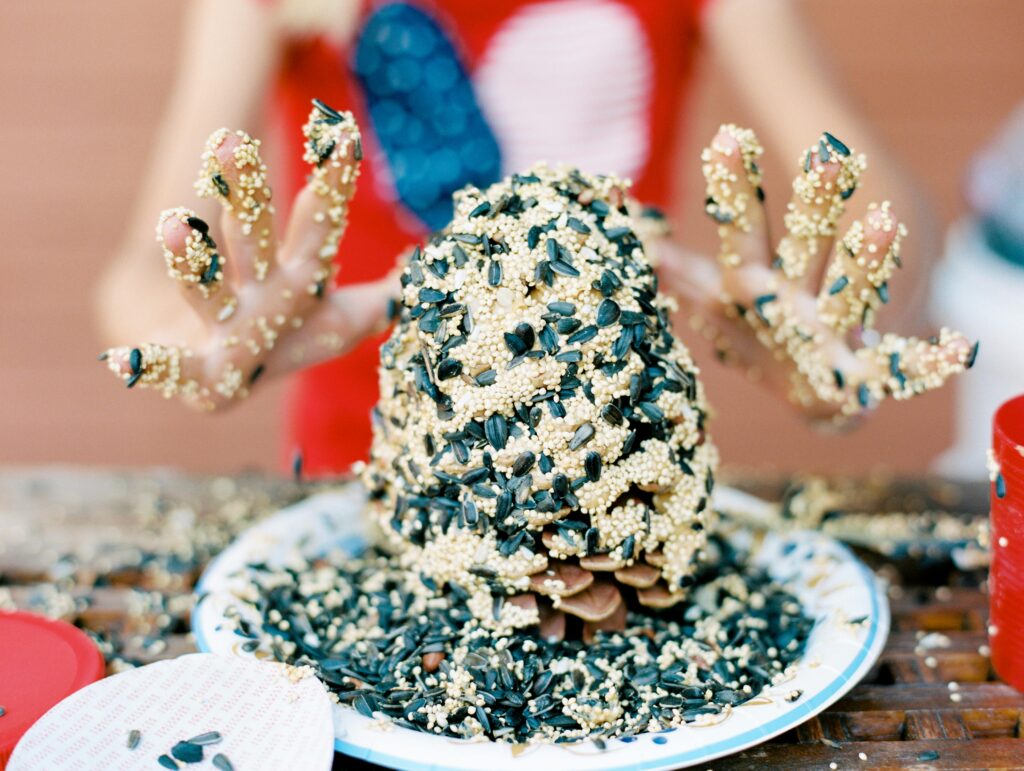
Fall is when many birds need extra food, and kids can help by making feeders. Pinecones spread with peanut butter and rolled in birdseed are easy to hang from tree branches. Watching birds come to snack is a reward in itself.
Children can also experiment with other simple feeders, like stringing popcorn or using empty cartons. This teaches them about the different kinds of birds that visit a garden. Feeding wildlife helps kids feel connected to the creatures around them.
Fairy or Gnome Garden
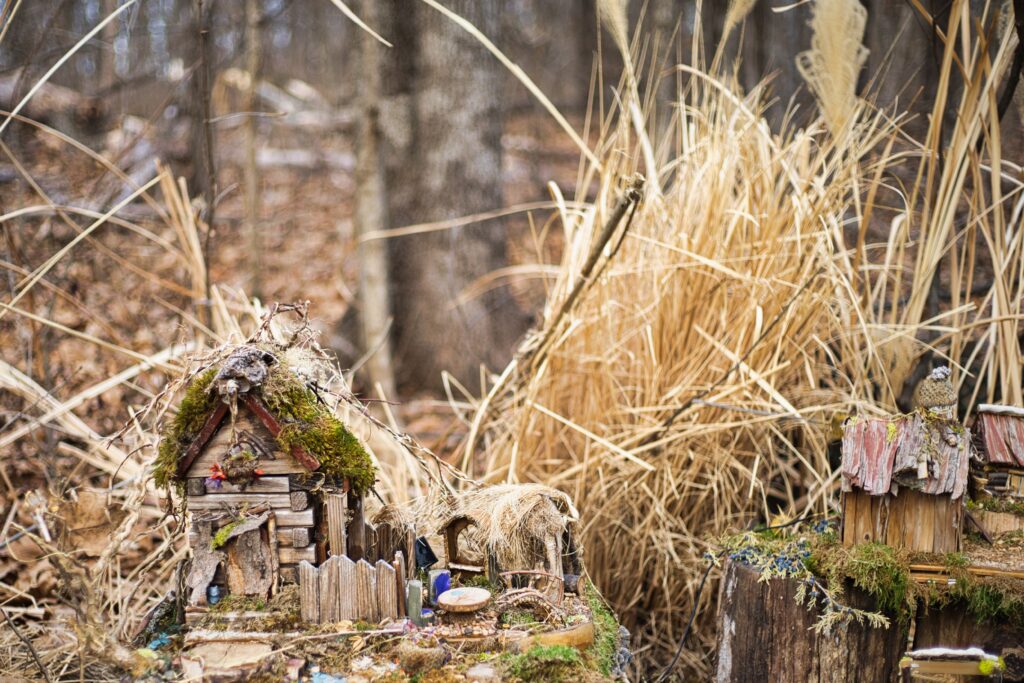
Imagination takes center stage with a miniature fairy or gnome garden. Using moss, pebbles, sticks, and tiny decorations, kids can design a magical space among the plants. They love deciding where pathways and little houses should go.
This project can be built in a corner of the yard or in a container. The garden becomes a playful mix of pretend play and real gardening. It also gives kids a place to return to and expand each season.
Seed Saving Project
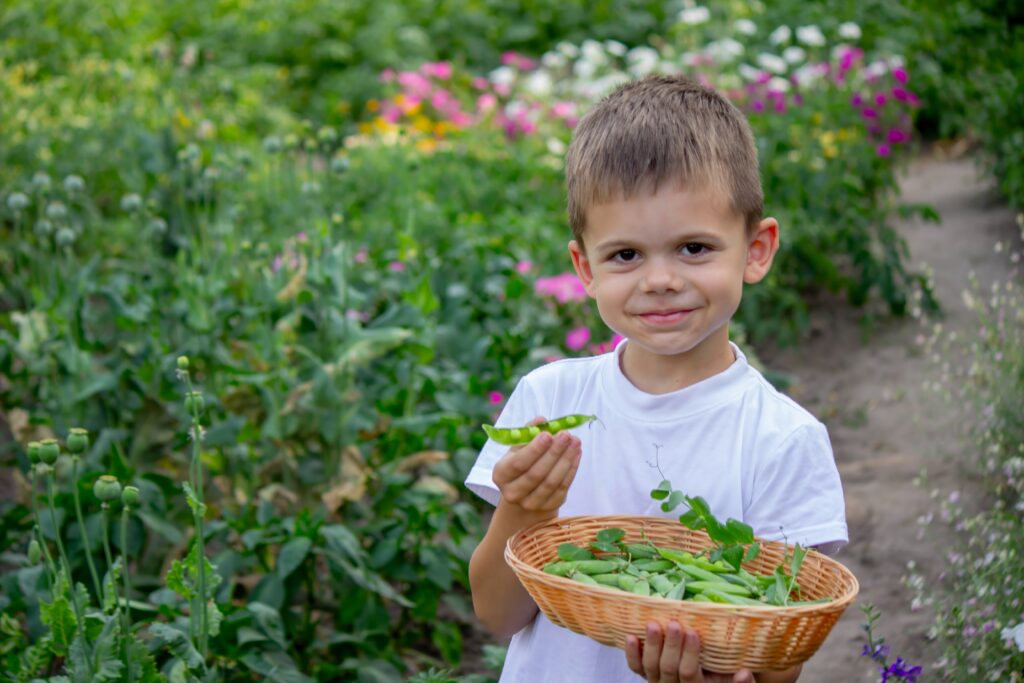
Collecting seeds from garden plants is both fun and practical. Kids can gather dried pods from beans or scoop seeds from sunflowers and marigolds. Each seed becomes a little package of potential for the next season.
Once the seeds are dried, they can be stored in envelopes or jars with labels. Children can decorate the containers and keep them safe until spring. This activity shows them how gardens keep giving year after year.
Garden Story Time Corner
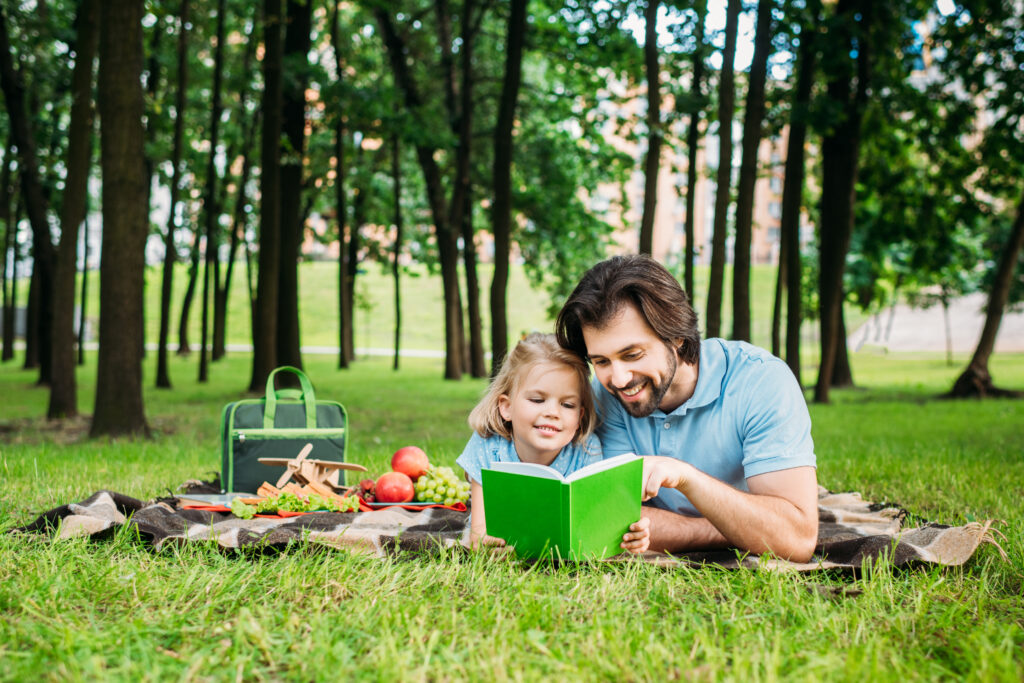
A cozy blanket or bench under a tree makes the perfect outdoor reading spot. Kids can enjoy stories about plants, animals, or fall adventures surrounded by the garden itself. The fresh air adds something special to the experience.
Parents can choose books that tie into what’s happening in the yard. Reading about pumpkins while sitting next to real ones helps children make connections. It’s a gentle way to mix relaxation with learning.
Muddy Kitchen Play Area
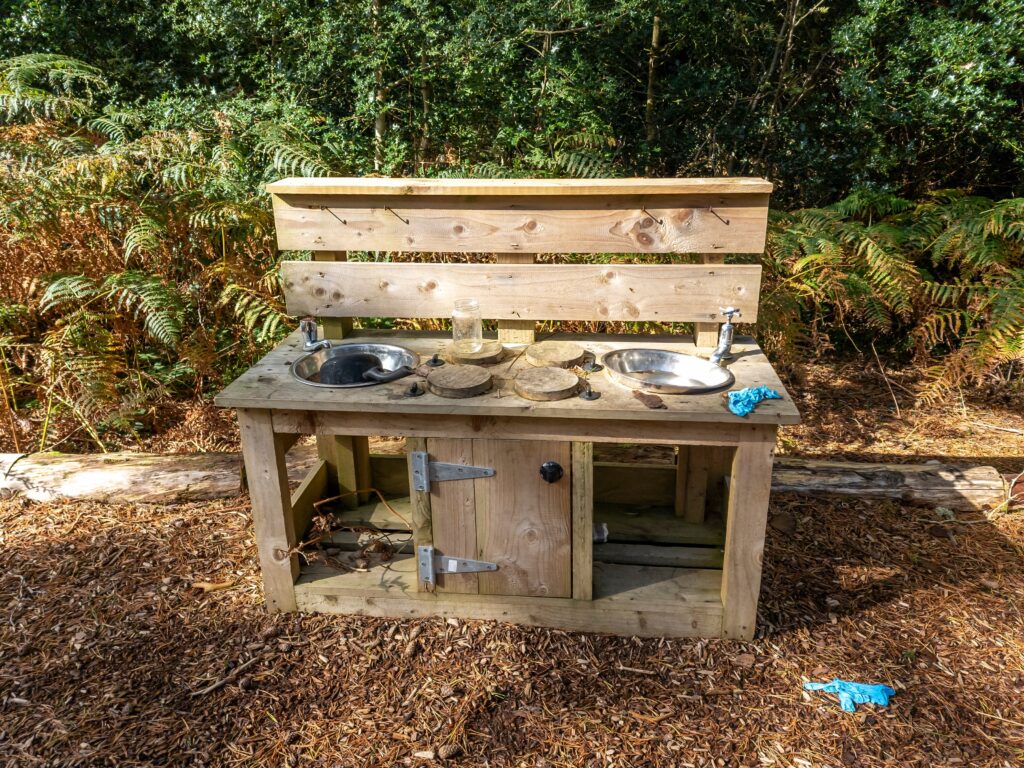
A “mud kitchen” is a pretend play zone where kids can use old pots, pans, and spoons. With soil, leaves, and water, they cook up pretend meals. It’s messy fun that keeps them engaged outdoors.
Adding a small table or crate for mixing makes the setup even more inviting. Children use their imagination to create recipes while practicing teamwork if they play together. This activity combines creative play with the natural materials around them.
Tree Bark Rubbings
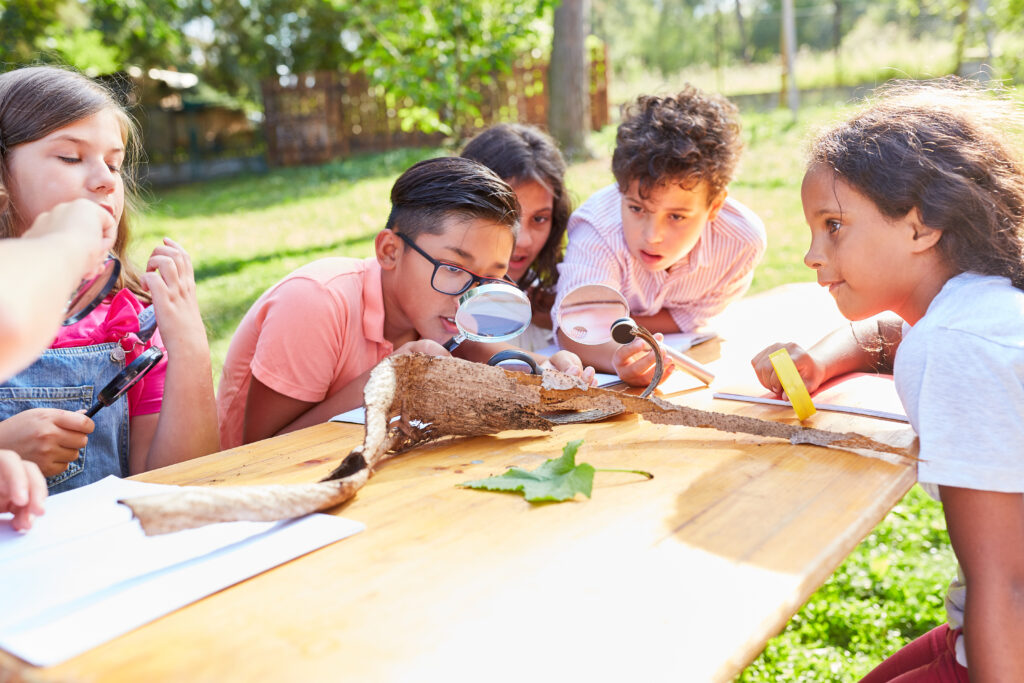
Tree bark has amazing textures, and rubbings let kids capture them on paper. With crayons and blank sheets, they can hold the paper against a trunk and rub until the patterns appear. Each tree leaves a different design.
When kids compare their rubbings, they start to notice how unique each tree is. These papers can be saved as a nature art collection. The activity encourages kids to slow down and pay attention to details they might normally overlook.
Mini Greenhouse Experiment
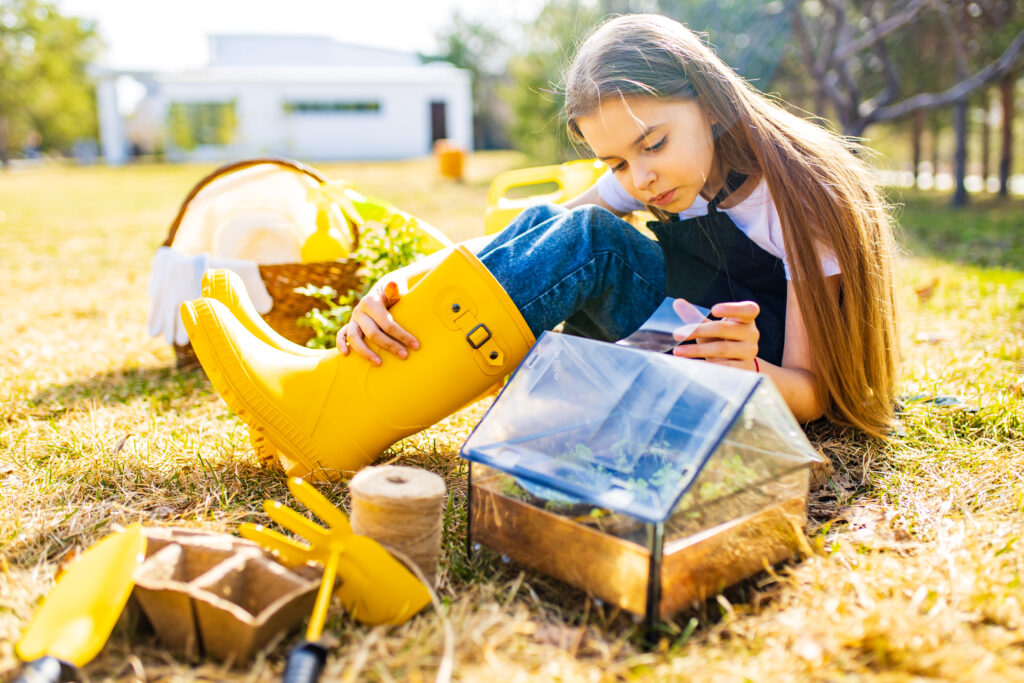
Clear plastic containers make great mini greenhouses for kids to try. Planting seeds inside and keeping the lids on traps warmth and moisture. It’s a small-scale way to see how plants grow in cooler months.
Children can watch each stage, from sprouting roots to tiny leaves. Checking on the containers regularly keeps them curious about what’s happening. The greenhouse effect becomes something they can see right in front of them.
Corn Maze Pathway
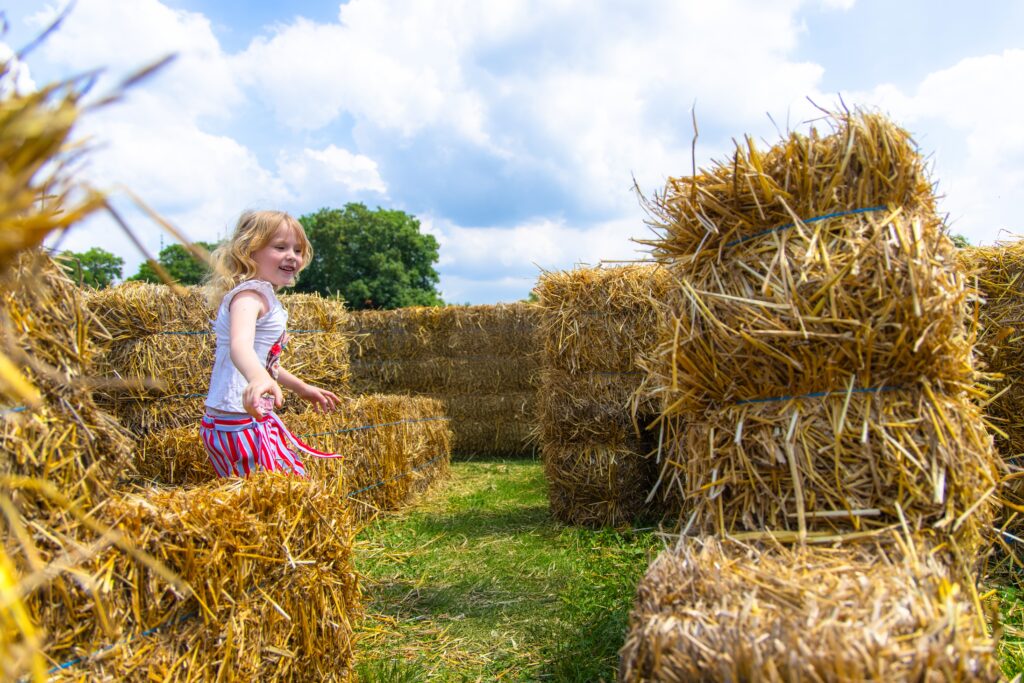
If space allows, kids will love a mini corn maze or hay bale path. It doesn’t need to be large—just a few turns are enough to make it fun. Running through it again and again provides plenty of energy-burning play.
Parents can add small surprises at the end, like a pumpkin or a basket of apples. The maze gives kids a playful adventure without leaving the yard. It becomes a seasonal highlight they look forward to.
This article originally appeared on Avocadu.
